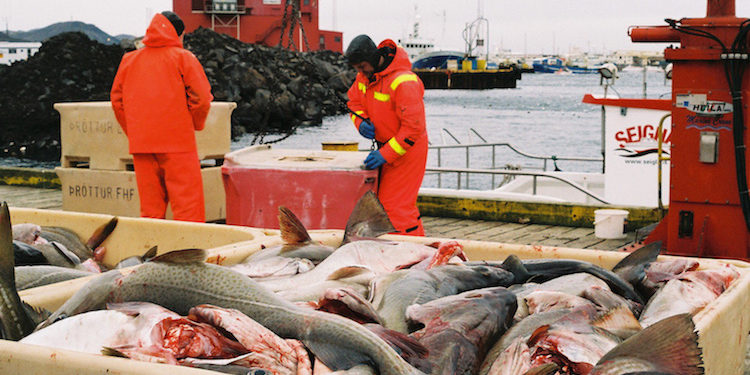Iceland’s Ministry of Industries and Innovation, which includes the fisheries and agriculture briefs, has set the regional quotas for the 2016-17 quota year that opens on 1st September.
These regional quotas are made up of a general regional quota and a quota administered by the Icelandic Regional Development Institute, which has seen its share of these quotas increased year-on-year from a 2193 tonne quota I 2103-14 against an 8239 tonne general regional quota, to slightly over 5600 tonnes this year in each pot.
Communities dependent on fishing and fish processing that have been affected by the industry’s contraction are eligible to apply for regional quotas, as are communities that have unexpectedly seen the fishing quotas of vessels landing in the locality reduced and where this can be expected to have a significant effect on employment.
This year’s overall regional quotas are 11,257 tonnes, an reduction on the 11,753 tonne figure in 2015-16, but higher than the allocation for the previous couple of quota years.
‘Overall regional quotas have increased in recent years, in line with the will of Parliament and the government,’ stated Fisheries Minister Gunnar Bragi Sveinsson, commenting that there is a smaller pot this year due to the poor the capelin fishery.
‘However, our intention has been to increase regional quotas and to increase the volume administered by the Icelandic Regional Development Institute, as the study carried out by Vífill Karlsson on the Icelandic Regional Development Institute’s regional quotas indicated that this is a promising approach.’









